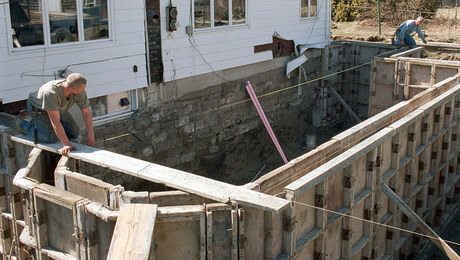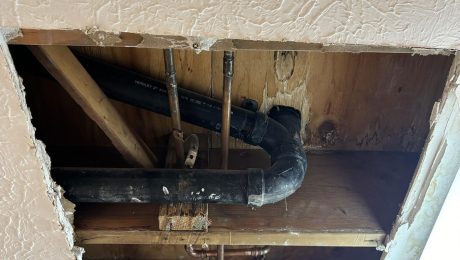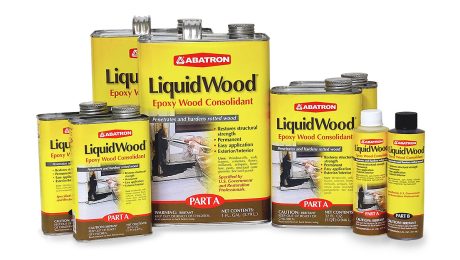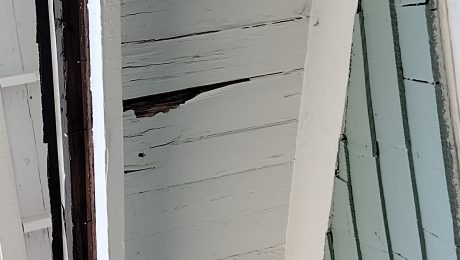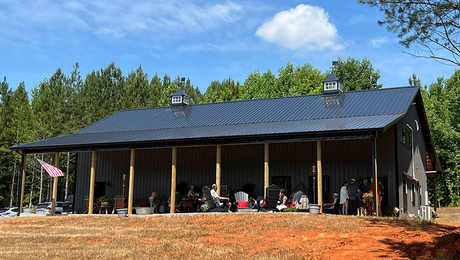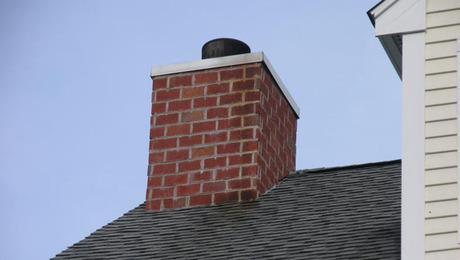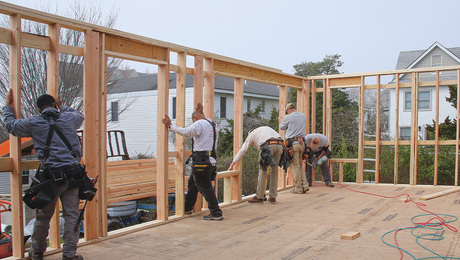Leveling Foundation Walls
There are a number of ways to achieve a level foundation and mudsill.
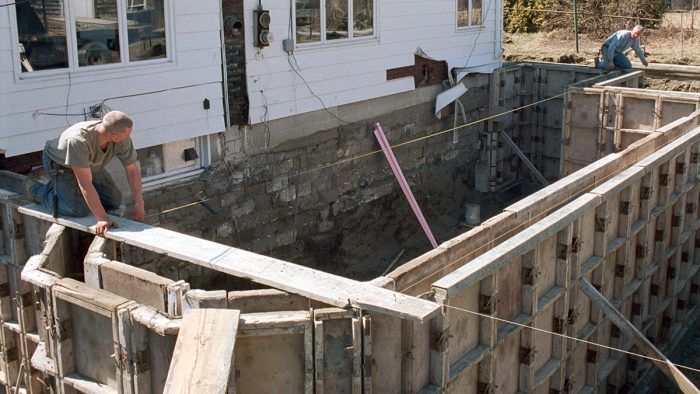
Some topics surface again and again on Q&A forums, especially those regarding the most elemental aspects of building a house—the roof, the framing, the trim, or the foundation. Recently, an older post popped back up on the FHB Forum, and its topic still has traction. Member grinnin had posted a question on leveling foundation walls before bolting the sills to the concrete. (A flat and level sill makes it easier to frame level, plumb walls). He wrote that the top surface was very uneven, with high spots, and overall was more than an inch out of level. He asked whether clamping 2x forms on either side and filling in the gaps with mortar or a pea gravel/concrete mix would be sturdy enough to support the weight of the first-floor deck. But he’s really looking for alternatives.
Shim, Fill, or Grind?
Of course, the amount of unevenness can determine the remedy. A couple of high spots could be flattened with an angle grinder fitted with a concrete wheel, as suggested by grahammay. He also suggested shimming the sill level with steel shims and then filling the gaps with non-shrinking grout. Reader alrightythen had dealt with a similar situation as grinnin, where after the foundation was poured he saw that it was not level. While he agreed with grahmmay’s shim-and-fill option, he thought that it was more efficient to erase all the humps and bumps in one step by filling in the low spots with high-strength concrete and a bonding agent, before the forms were stripped.
Reader davidmeiland suggested a third option. His fix was to have the mudsill pieces cut and drilled for the anchor bolts, then set up a stringline or, better yet, a laser. Using a batch of mason’s mortar, he troweled the mortar onto the top of the wall, placed the sills over the bolts and onto the mortar, and then tightened the nuts down onto the sill until it was level. The excess mortar squeezed out. Finally, both Samantha_Atkinson23 and Liam_Kingston suggested filling the low spots with mortar, a pea-gravel mix, or even self-leveling compounds, all held in place with temporary 2x forms clamped around the top.
Our Expert’s Opinion
We’ve turned to Mike Guertin for a veteran builder’s take on this problem:
I’ve lost count of the number of out-of-level poured concrete foundations we had to frame on over the years. I used to blame the forms crews, until I worked with them. I watched them establish a uniform level line inside the forms to guide topping off the pour, and then they’d hit their guide nails on the line. But hours later, the mix would settle differently along the top, leaving high spots and low spots, and occasionally a big drop (like an inch) along a wall.
There are a number of different ways to level up a foundation, and I always remind myself what the ultimate goal is: to have a level first-floor deck. The mudsill itself doesn’t necessarily have to be positioned level—as long as the top of the subfloor is dead level and square—so the rest of the framing goes smoothly. Packing mortar or non-shrinking grout under the mudsill, as many respondents described, is a method that’s tried and true. When I use this method, I always remove the mudsill plate after the mortar/grout cures so I can apply a good sealing gasket and capillary break before tightening down the anchor nuts. However, it can be a lot of work to level up a mudsill this way.
Taking a Different Approach
Rather than leveling the mudsill, I’ve adopted a general approach that levels the floor deck with different leveling details for each out-of-level condition. Small humps are pretty easy to fix. When they’re less than ½ in., I either grind off the excess concrete with a diamond blade in an angle grinder at the width of the mudsill, or I install the mudsill tight over the hump and cut a tapered rabbet in the mudsill for the rim joist to sit flat on and plow out each joist location to a level depth. A small cordless hand planer makes quick work of this step.
With the humps flattened, I anchor the mudsill down tight to the foundation over the gasket and deal with dips and low sections of foundation walls with shims between the mudsill and the framing. After marking out the joist layout on the mudsill, I assemble an array of pieces of different thickness of OSB, plywood, hardboard siding, and sheet-metal strips saved from previous jobs and rip them into 1-3/4-in.- to 2-in.-wide strips, cut to lengths that match the width of the mudsill.
With a laser receiver on a short stick that’s set to register level at the bottom, I walk the mudsill and place shim pieces at each joist position and fasten them down. If anything, I leave the shims a whisker shy of top level. Then after framing the floor—but before subfloor sheathing—I make a final pass around the perimeter, checking the top of the joists and rim and use sheet-metal strips to tune everything level.
The building code calls for toenailing the joists and rim to the mudsill with 8d or 10d nails, but this is assuming they’re in direct contact. Where the framing is shimmed ½ in. or less, I’ll fasten with 16d nails; where the framing is shimmed up to 1 in., I use 4-in. screws.
More to Consider
Some framers frown on my approach, claiming that without direct contact between the floor-deck framing and the mudsill, the gaps will create air leaks. That’s not really an issue, though, because we apply sealant along the outside face of the mudsill before the sheathing is installed. The sheathing becomes the primary air-control layer at the exterior once the joints are taped, so the gaps are no more of an issue than the stud-bay cavities.
There are also alternatives to my approach, such as installing a double mudsill and shimming between the two plates, or installing plywood shims along the entire top of the mudsill (instead of my strip approach), and, of course, adding mortar/grout to form a level base for the mudsill to rest on.
RELATED STORIES
- A High-Performance Foundation
- Three Types of Footings to Support Foundation Walls
- Floor Framing Starts with the Mudsills
Chuck Bickford is a contributing editor. Mike Guertin is a builder/remodeler, tradeshow presenter, and editorial advisor.
Fine Homebuilding Recommended Products
Fine Homebuilding receives a commission for items purchased through links on this site, including Amazon Associates and other affiliate advertising programs.

QuikDrive PRO300s

Portable Wall Jack
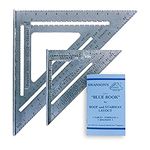
Speed Square
